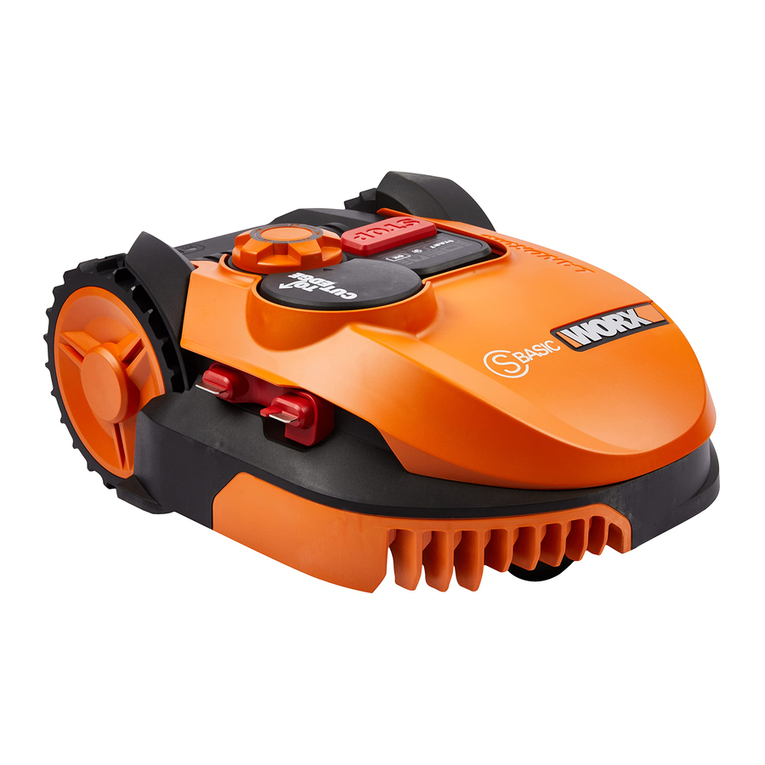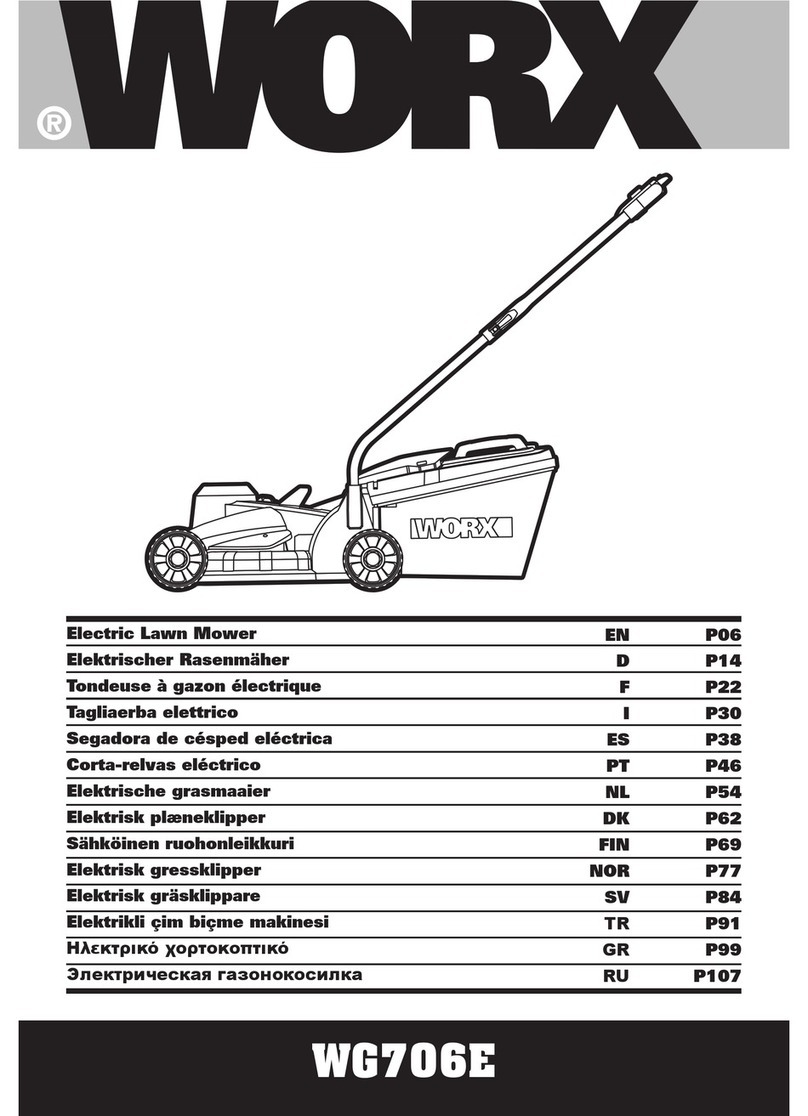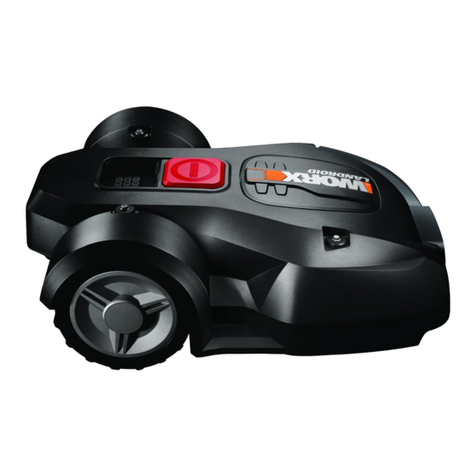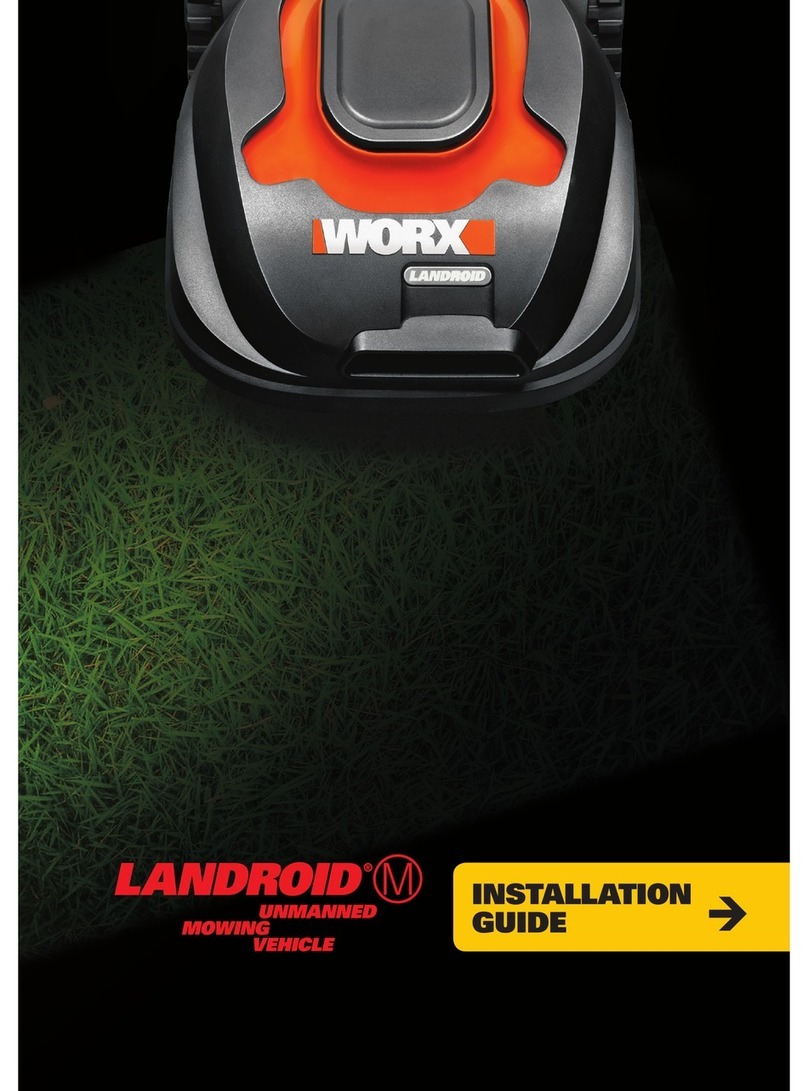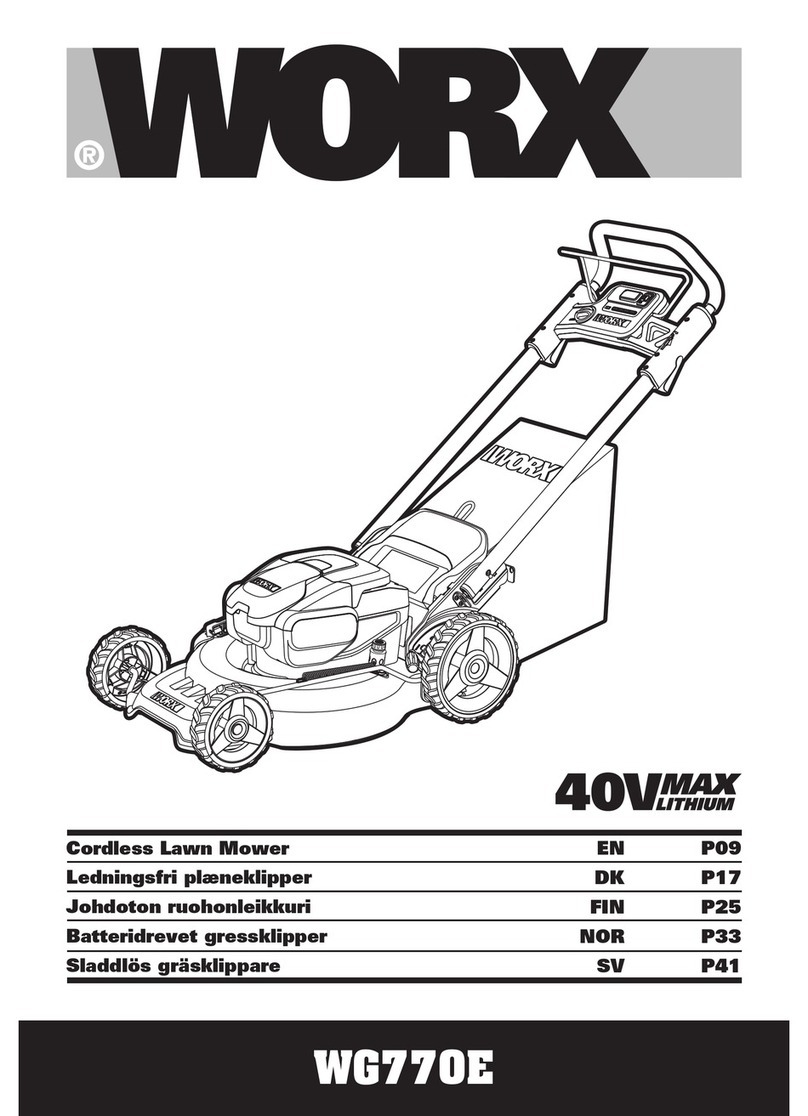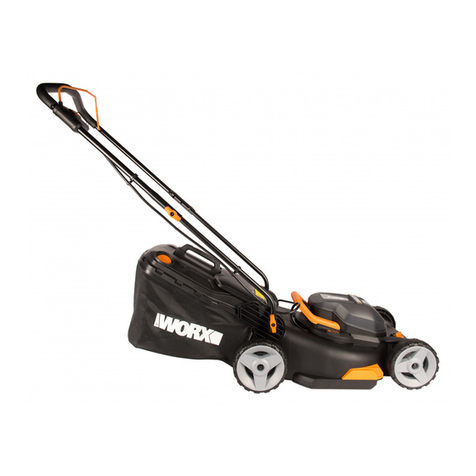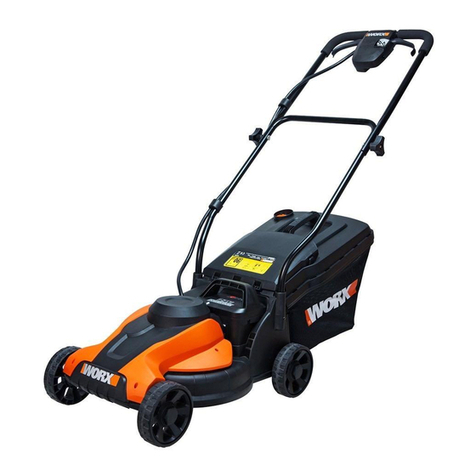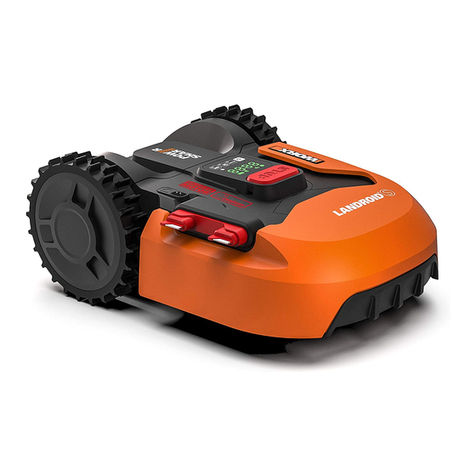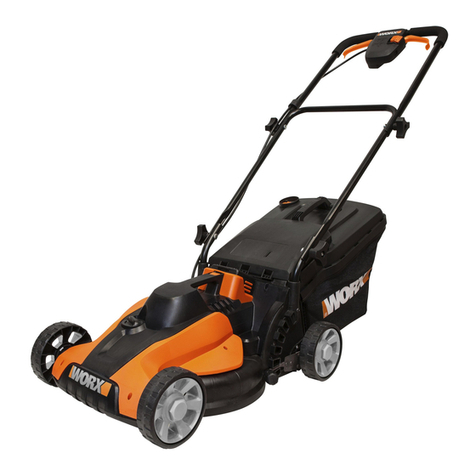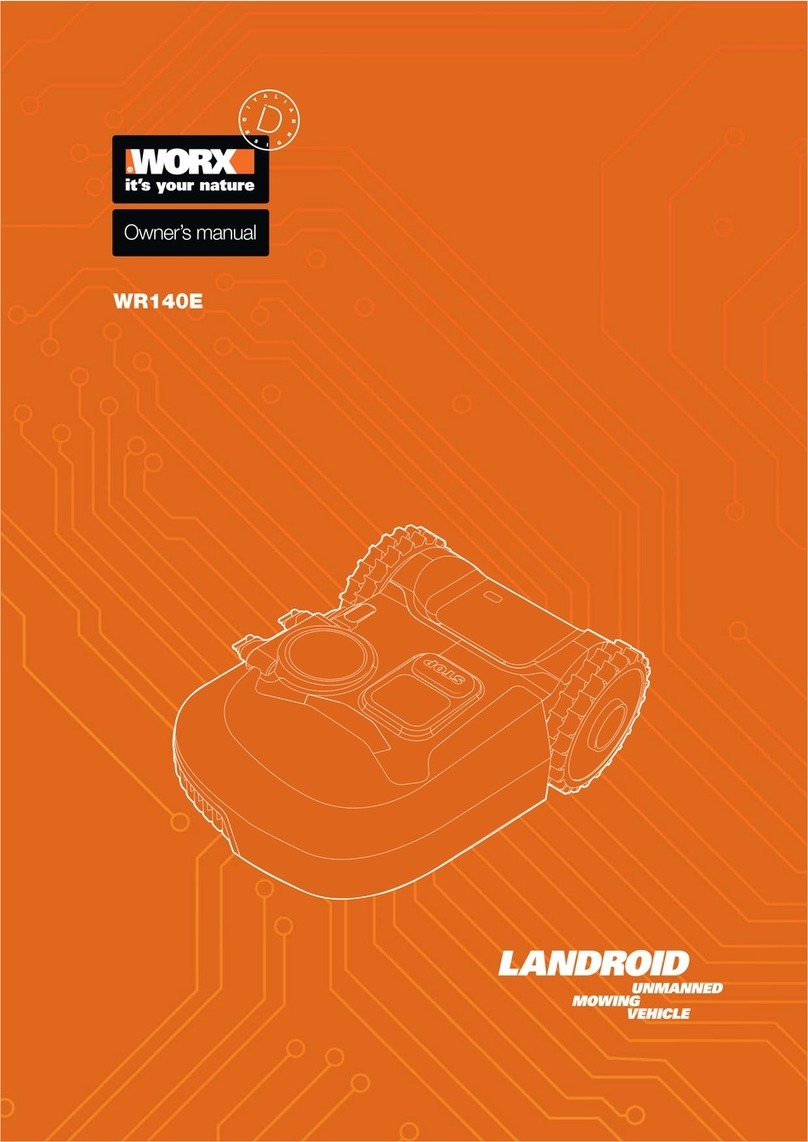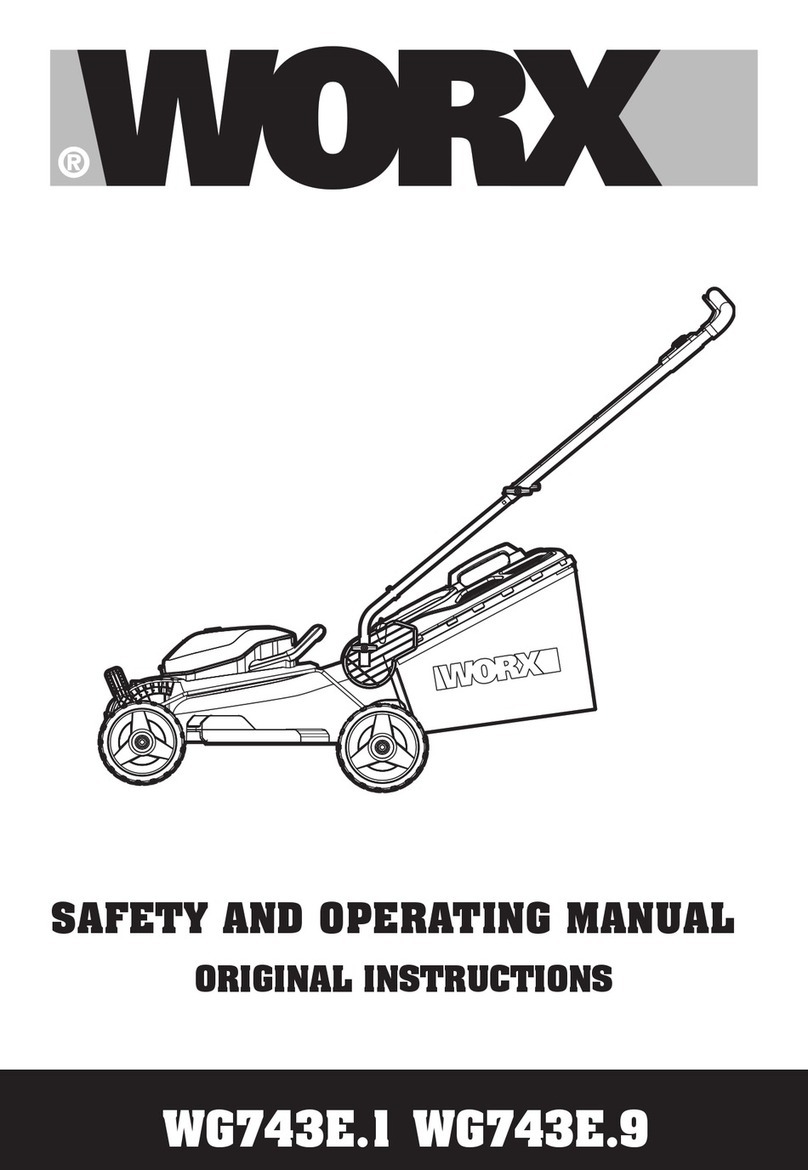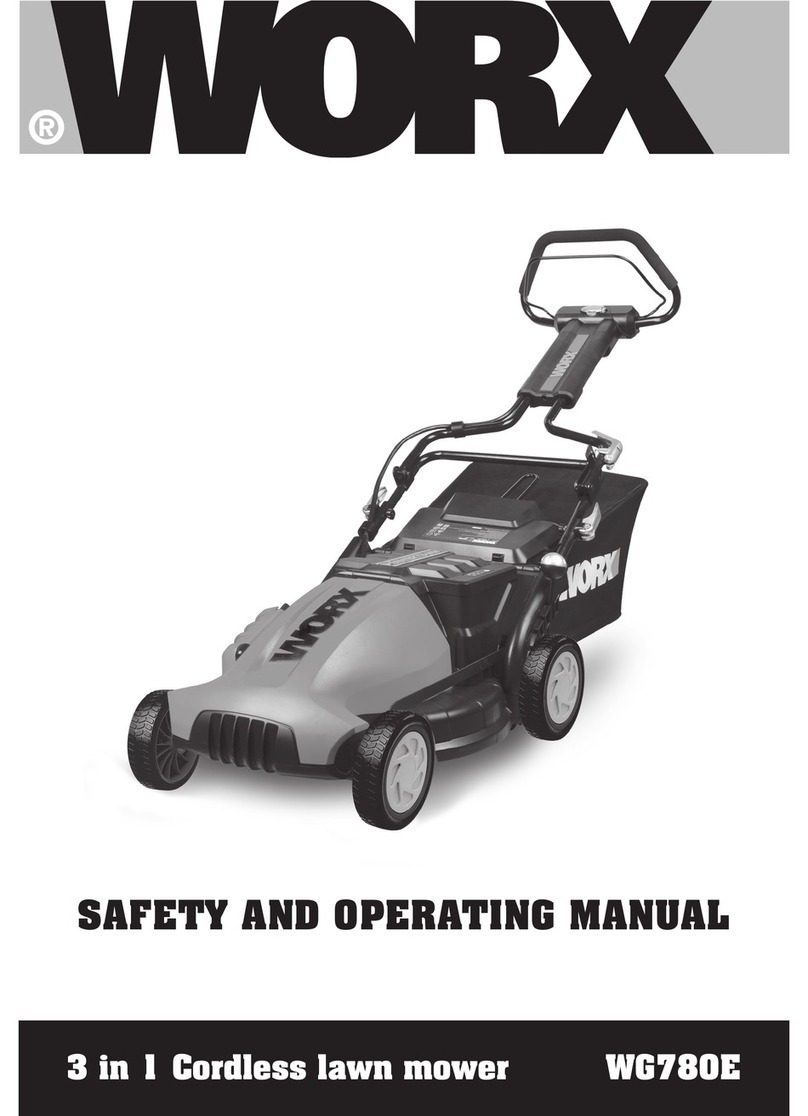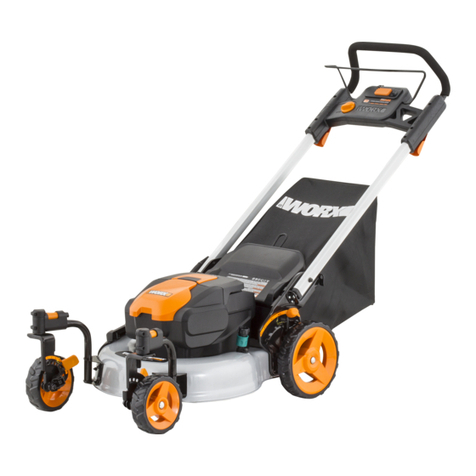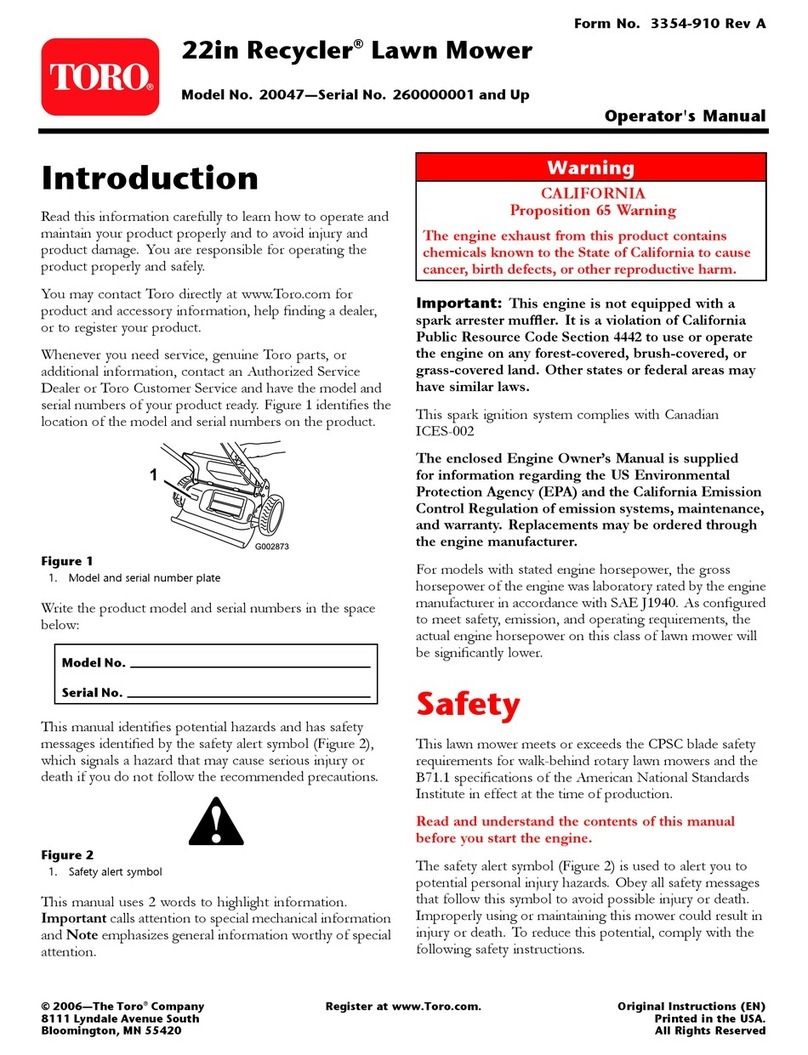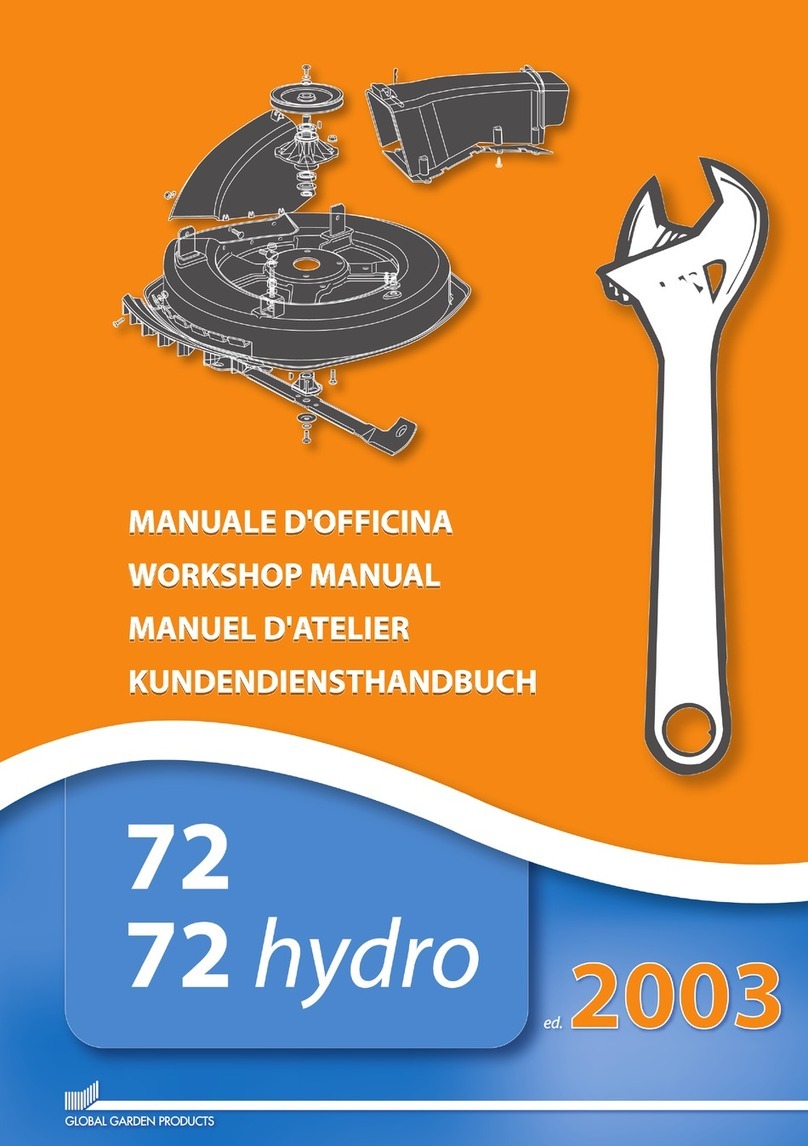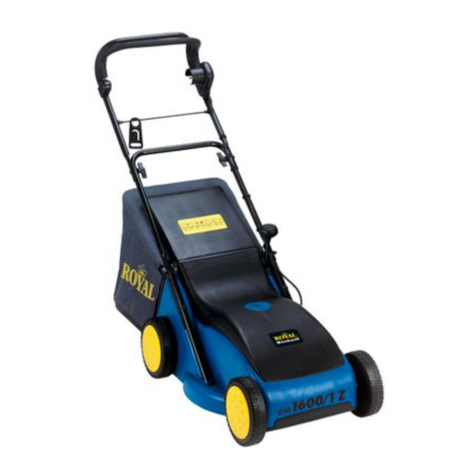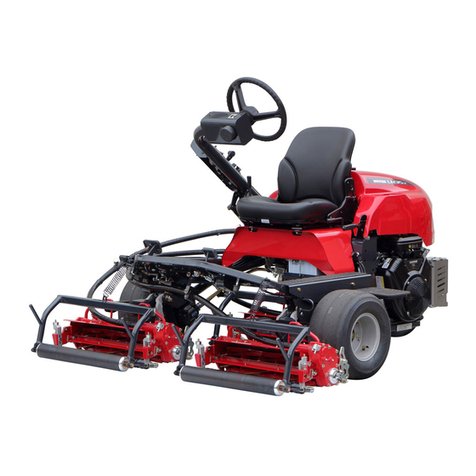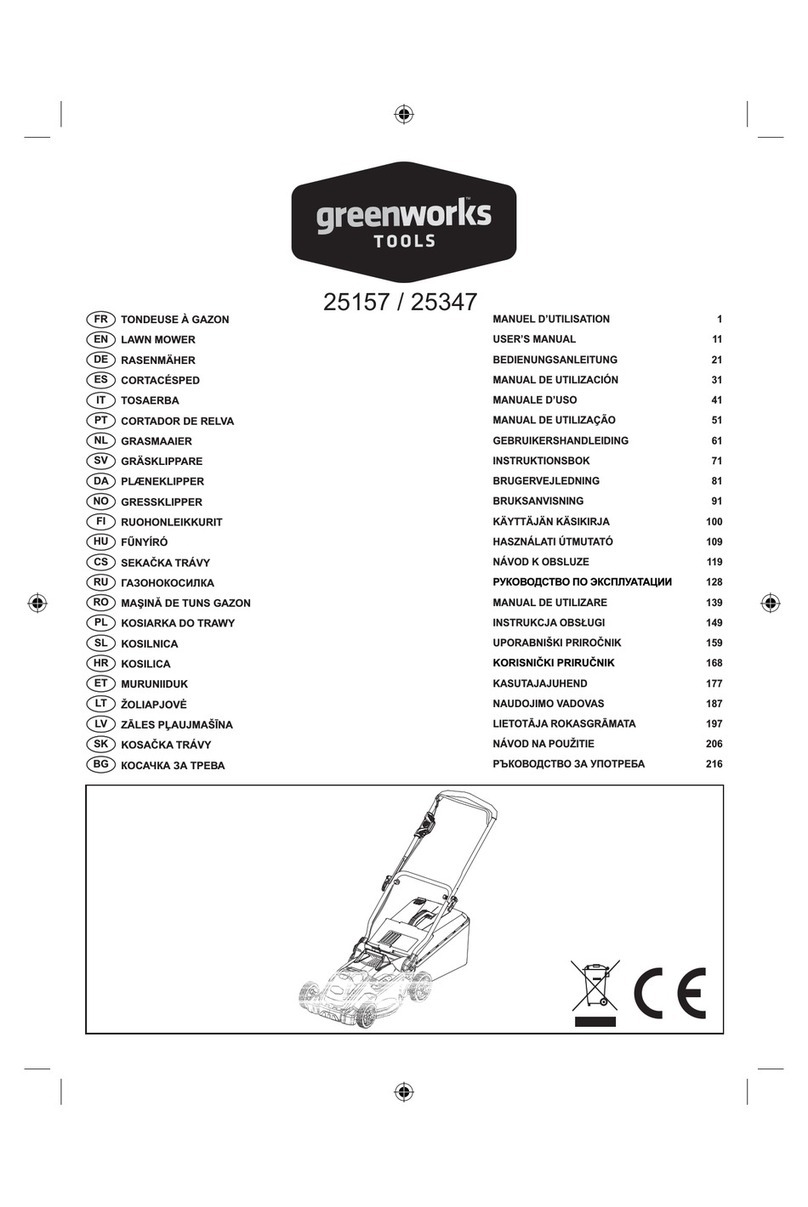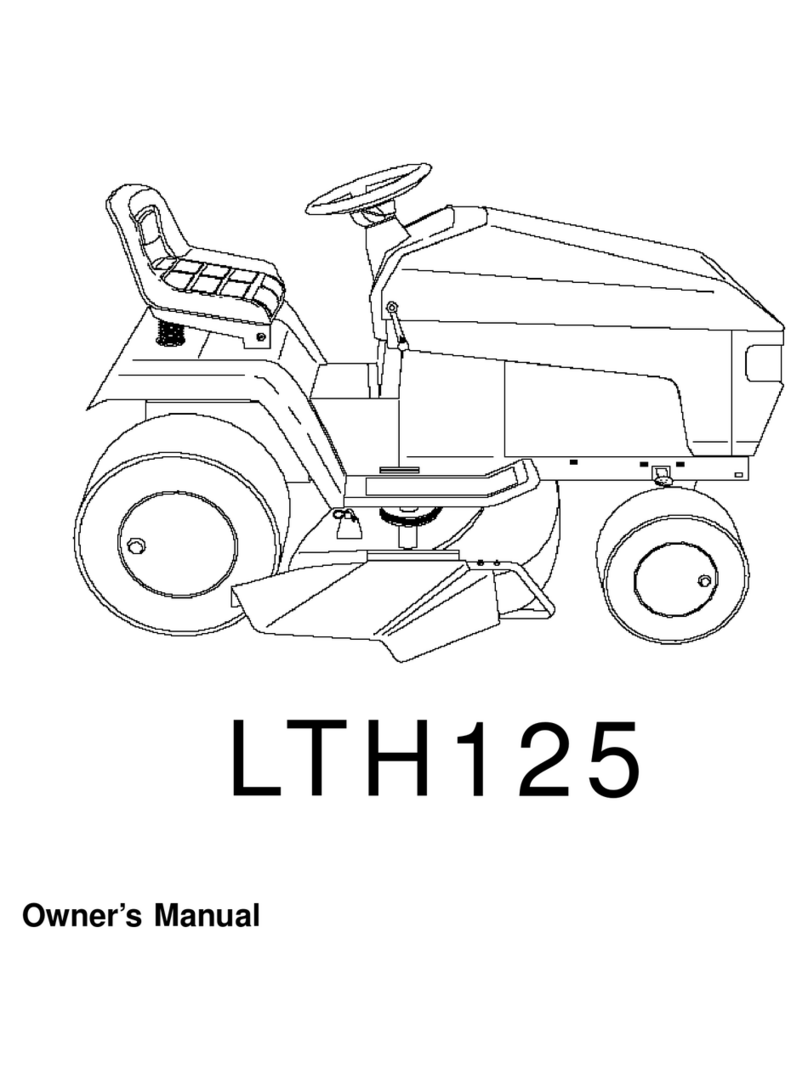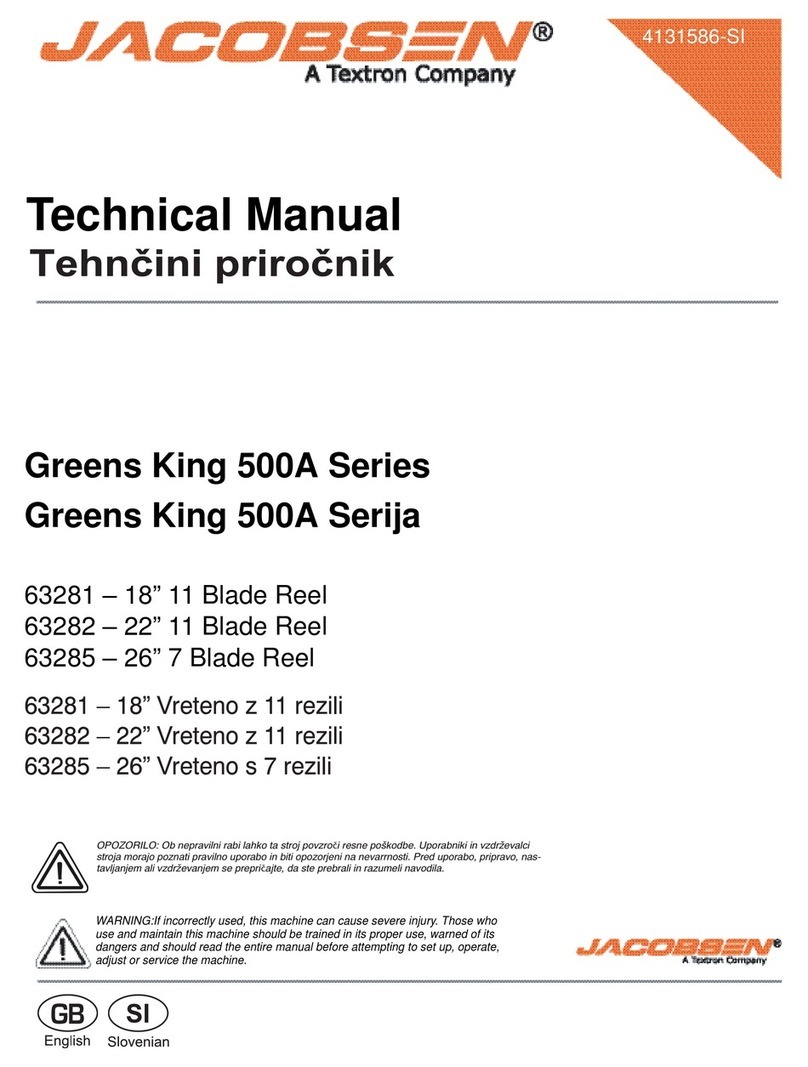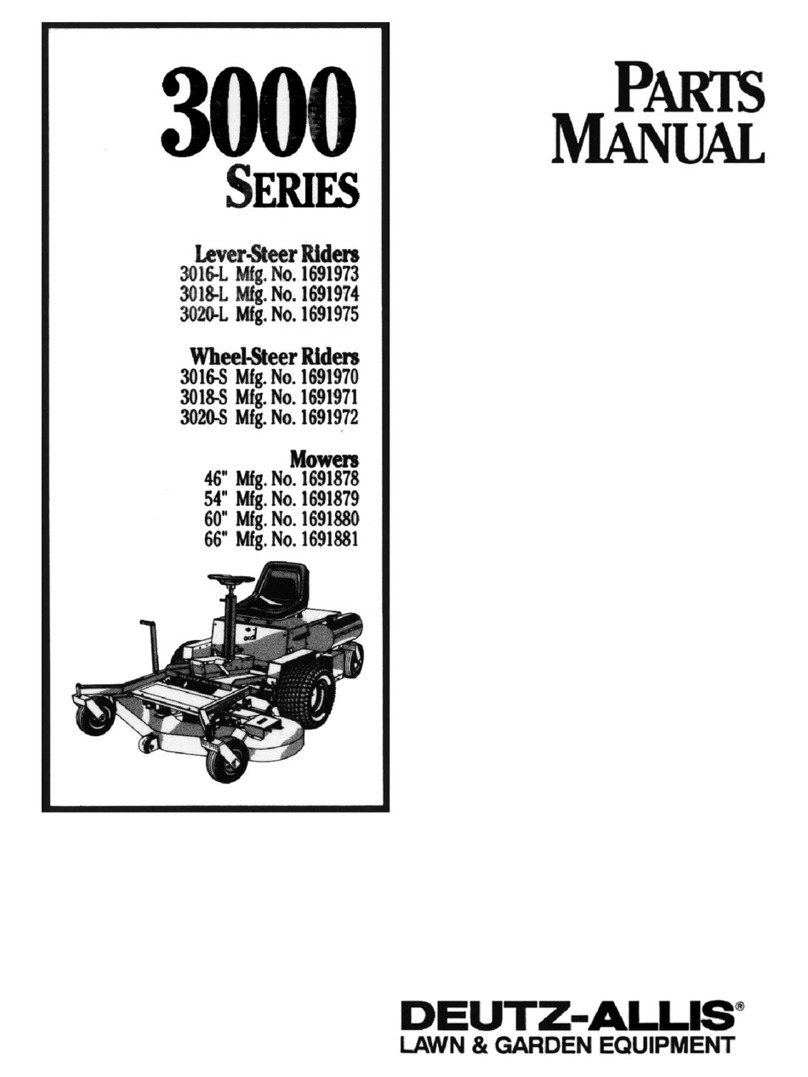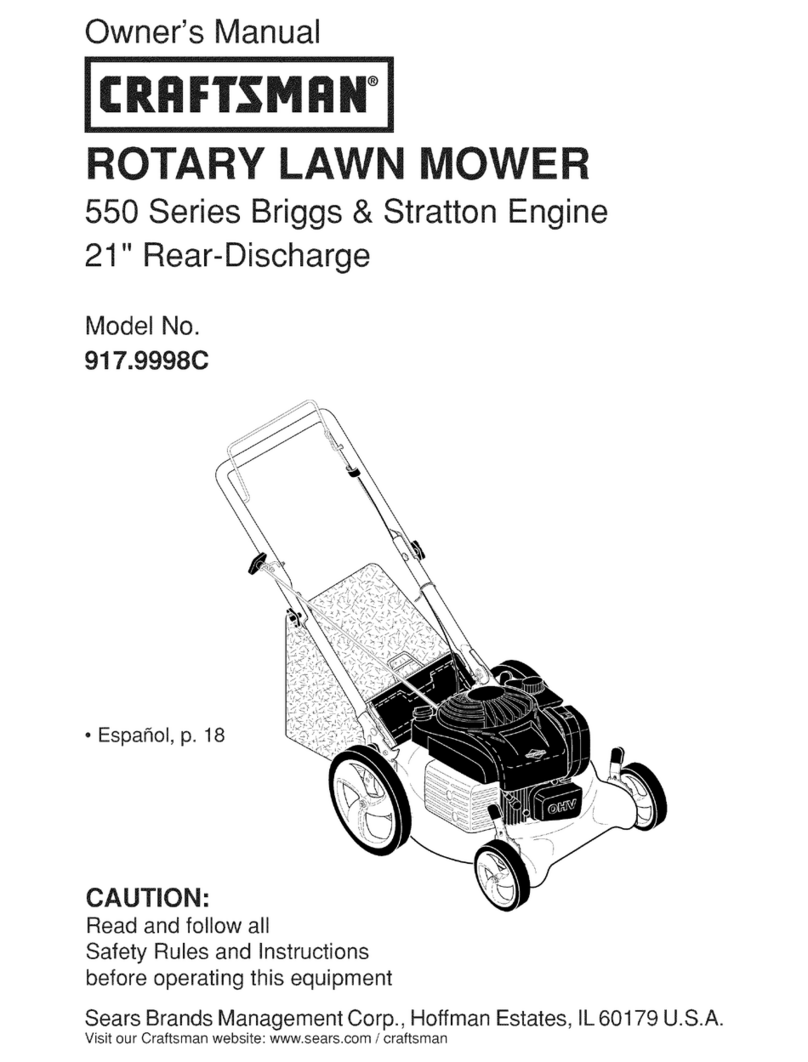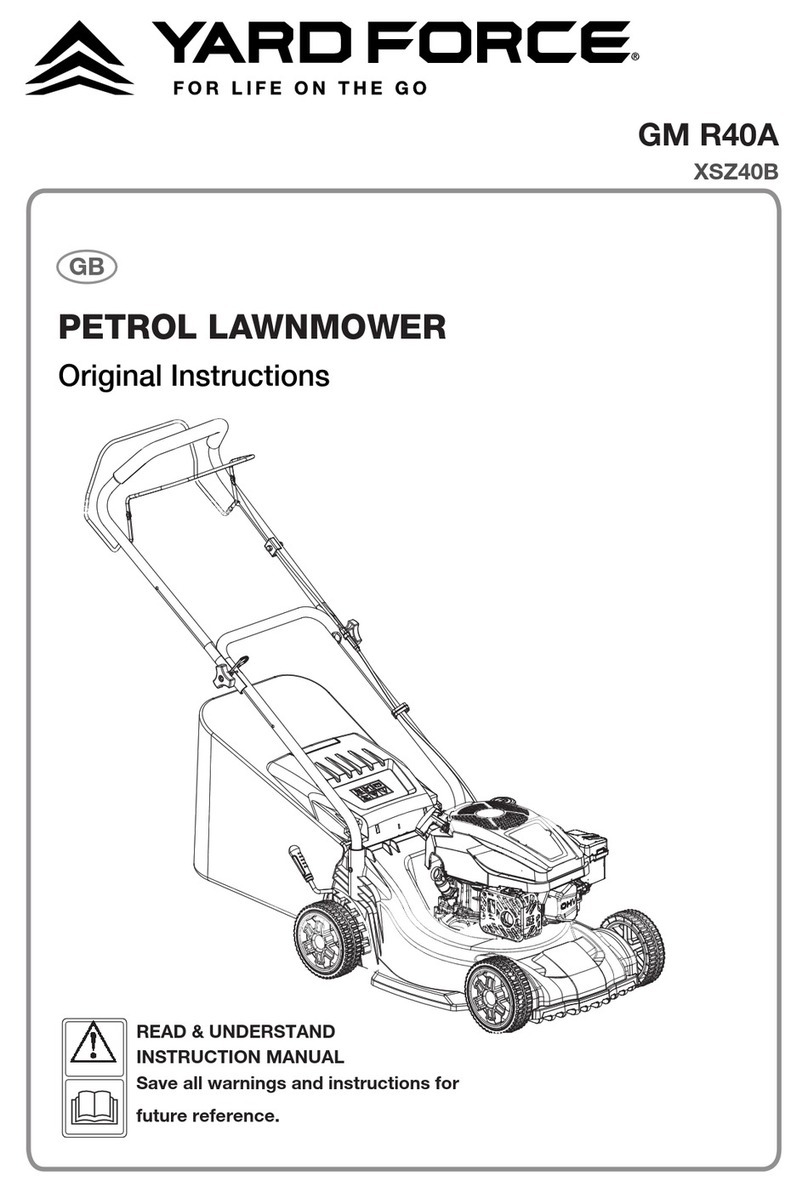
6
EN
WARNING: Some dust created by power sanding, sawing, grinding, drilling and
other construction activities contains chemicals known to the State of California
to cause cancer, birth defects or other reproductive harm. Some examples of
these chemicals are:
•Lead from lead-based paints;
•Crystalline silica from bricks and cement and other masonry products;
•Arsenic and chromium from chemically-treated lumber.
Your risk from these exposures varies, depending on how often you do this type
of work. To reduce your exposure to these chemicals: work in a well ventilated
area, and work with approved safety equipment, such as those dust masks that
are specially designed to filter out microscopic particles.
WARNING: This product can expose you to chemicals including lead and Di(2-
ethylhexyl)phthalate (DEHP) which are known to the State of California to cause
cancer and birth defects or other reproductive harm. For more information go to
www.P65Warnings.ca.gov.
WARNING: Read all safety warnings and all instructions. Failure to follow the
warnings and instructions may result in electric shock, fire and/or serious injury.
Carefully read the instructions for the safe operation of the machine.
Save all warnings and instructions for future reference.
- This appliance is not intended for use by persons (including children) with reduced physical,
sensory or mental capabilities, or lack of experience and knowledge, unless they have been given
supervision or instruction concerning use of the appliance by a person responsible for their safety.
- Children should be supervised to ensure that they do not play with the appliance.
WARNING: For the purposes of recharging the battery, only use the detachable supply unit
provided with this appliance.
WARNING: To reduce the risk of injury to persons and damage to the machine, do not remove
battery pack before switching off the machine.
IMPORTANT
READ CAREFULLY BEFORE USE
KEEP FOR FUTURE REFERENCE
Safe operation practices
Training
a) Read the instructions carefully. Make sure you understand the instructions and be familiar with
the controls and the proper use of the appliance.
b) Never allow people unfamiliar with these instructions or children to use the appliance. Local
regulations can restrict the age of the operator.
c) The operator or user is responsible for accidents or hazards occurring to other people or their
property.
Preparation
a) Ensure the correct installation of boundary wire as instructed.
b) Periodically inspect the area where the appliance is to be used and remove all stones, sticks,
wires, bones, and other foreign objects.
c) Periodically visually inspect to see that the blades, blade bolts and cutter assembly are not worn
or damaged. Replace worn or damaged blades and bolts in sets to preserve balance.
d) On multi-spindle appliances, take care as rotating one blade can cause other blades to rotate.
e) WARNING! The lawnmower shall not be operated without the guard in place.
General & Additional Safety Instruction
